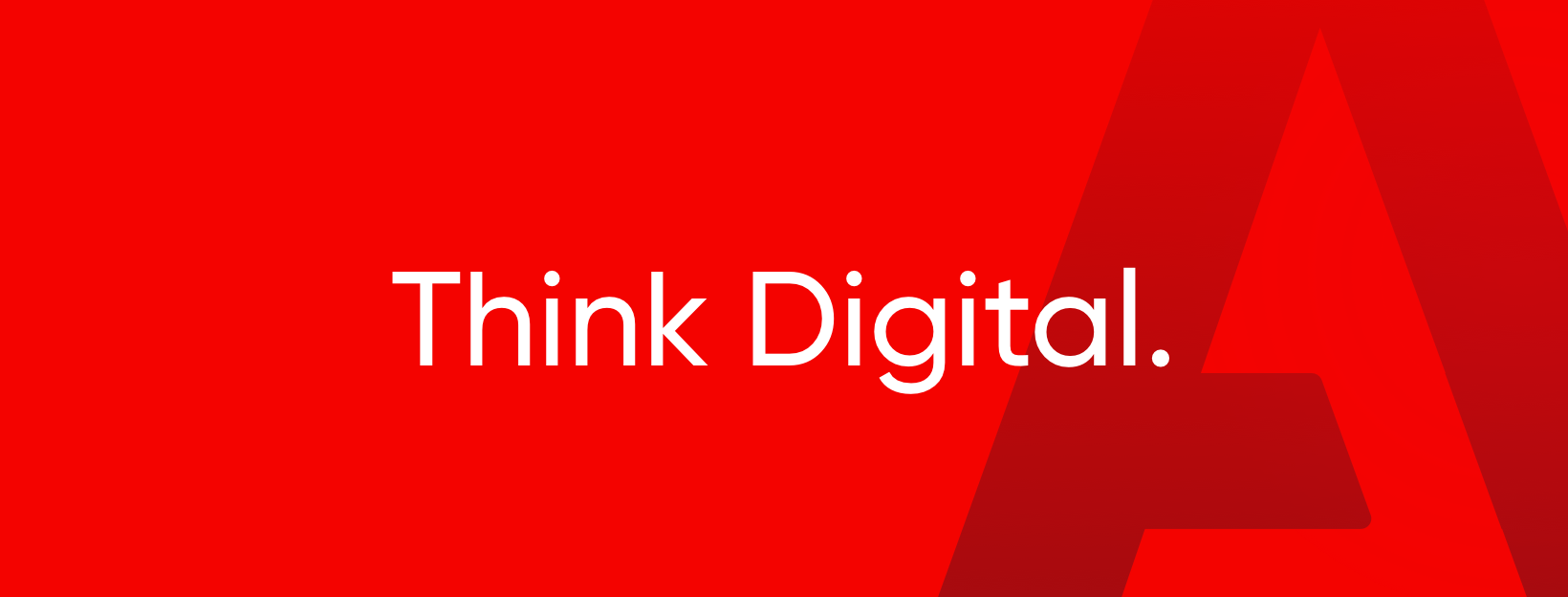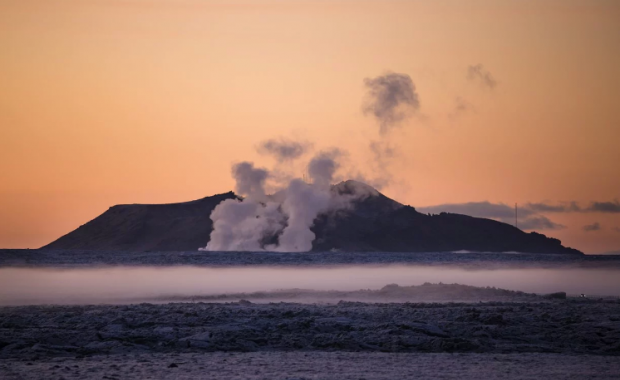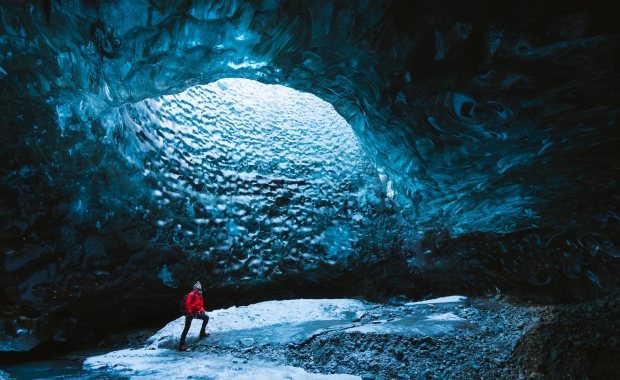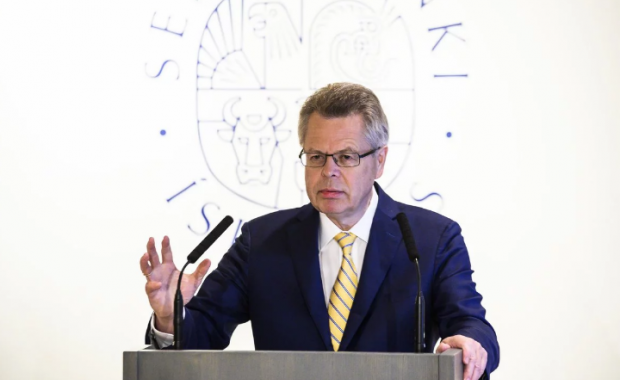Two radically different visions of what to do with the state owned Landsbankinn were advanced during the weekend at the national conferences of the conservative Independence party and the Left-Green alliance. The bank, which was founded around the domestic assets and liabilities of the bankrupt Landsbankinn which collapsed in October 2008, is almost wholly owned by the state.
The question of what to do with the states stake in Landsbankinn, Íslandsbanki and Arion has is quickly becoming one of the most hotly debated political questions of the day in Iceland.
A social bank rather than breadcrumbs
The National congress of the Left-Green alliance called for Landsbankinn to be turned into a non-profit “social bank”, which would be operated in the interest of society as a whole, rather than shareholders. Katrín Jakobsdóttir, who was re-elected as the chairman of the Left-Green Alliance told the Icelandic National Broadcasting Service RÚV that the question was whether society would enjoy the entire benefits created by the bank, “or just the breadcrumbs, falling off the table.”
A consensus around privatization
Meanwhile, the chairman of the conservative Independence party outlined a plan to privatize the banks. Bjarni Benediktsson, who was also re-elected as party chairman at his party’s national congress, proposed that the state distribute 5% of the shares in all three banks among all citizens. RÚV estimates that this would transfer assets worth 29.65 billion ISK (230 million USD/210 million EUR) from the state to the citizens, meaning every Icelander would receive shares worth 90,000 ISK (700 USD/640 EUR).
Bjarni argued that this plan was “not intended to dramatically improve the economy” of Icelandic homes, but to “create a broader consensus around changes in the ownership structure and ensure the goal of broad-based ownership.”
New banks, created on the ruins of the old banks
The three banks were created when the domestic assets and liabilities of the collapsed Landsbankinn, Glitnir and Kaupþing were moved out of the bankrupt estates into new banks.
The state owns almost all of the shares in Landsbankinn, while the estates of the collapsed Glitnir and Kaupþing own the majority of shares in Íslandsbanki and Arion, respectively. Recently the estate of Glitnir offered to hand over 95% of the shares in Íslandsbanki as payment of the stability tax required before they can repatriate funds locked in due to the capital controls instituted in 2008. If the state agrees to this transaction it would own two of the big banks in Iceland, and a large stake in the third.
Read more: A 40% exit tax to be imposed on foreign investors
While the privatization of important government assets would under any circumstances be hotly debated, the question is made all the more contentious by the fact that many have argued the roots of the financial crisis of 2008 can be traced to the privatization of the state-owned banks in 1998-2002.
Two radically different visions of what to do with the state owned Landsbankinn were advanced during the weekend at the national conferences of the conservative Independence party and the Left-Green alliance. The bank, which was founded around the domestic assets and liabilities of the bankrupt Landsbankinn which collapsed in October 2008, is almost wholly owned by the state.
The question of what to do with the states stake in Landsbankinn, Íslandsbanki and Arion has is quickly becoming one of the most hotly debated political questions of the day in Iceland.
A social bank rather than breadcrumbs
The National congress of the Left-Green alliance called for Landsbankinn to be turned into a non-profit “social bank”, which would be operated in the interest of society as a whole, rather than shareholders. Katrín Jakobsdóttir, who was re-elected as the chairman of the Left-Green Alliance told the Icelandic National Broadcasting Service RÚV that the question was whether society would enjoy the entire benefits created by the bank, “or just the breadcrumbs, falling off the table.”
A consensus around privatization
Meanwhile, the chairman of the conservative Independence party outlined a plan to privatize the banks. Bjarni Benediktsson, who was also re-elected as party chairman at his party’s national congress, proposed that the state distribute 5% of the shares in all three banks among all citizens. RÚV estimates that this would transfer assets worth 29.65 billion ISK (230 million USD/210 million EUR) from the state to the citizens, meaning every Icelander would receive shares worth 90,000 ISK (700 USD/640 EUR).
Bjarni argued that this plan was “not intended to dramatically improve the economy” of Icelandic homes, but to “create a broader consensus around changes in the ownership structure and ensure the goal of broad-based ownership.”
New banks, created on the ruins of the old banks
The three banks were created when the domestic assets and liabilities of the collapsed Landsbankinn, Glitnir and Kaupþing were moved out of the bankrupt estates into new banks.
The state owns almost all of the shares in Landsbankinn, while the estates of the collapsed Glitnir and Kaupþing own the majority of shares in Íslandsbanki and Arion, respectively. Recently the estate of Glitnir offered to hand over 95% of the shares in Íslandsbanki as payment of the stability tax required before they can repatriate funds locked in due to the capital controls instituted in 2008. If the state agrees to this transaction it would own two of the big banks in Iceland, and a large stake in the third.
Read more: A 40% exit tax to be imposed on foreign investors
While the privatization of important government assets would under any circumstances be hotly debated, the question is made all the more contentious by the fact that many have argued the roots of the financial crisis of 2008 can be traced to the privatization of the state-owned banks in 1998-2002.






